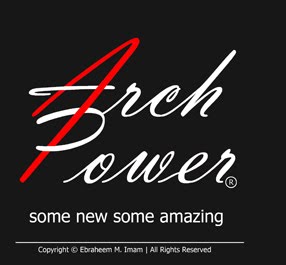Greencycle-Eco is a bicycle that explores the use of our current technology, instead of high and sophisticated technology in order to reduce the production cost. The result is affordable bicycle for farmers and other lower income demographic group in Third World Countries. At the same time, this strategic implementation can also be used for First World Countries to achieve greater sustainability.
Pre-fabricated Bamboo panel products have been chosen for the Greencycle-Eco design. With the increasing demand for using greener and more highly renewable materials followed by recent technology developed in India and China, research studies and material testing on Bamboo panel products have shown positive results in the quality and mechanical strength.
Designer : Paulus Maringka
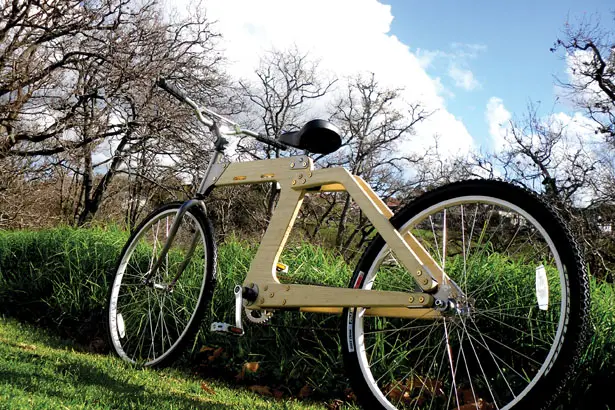
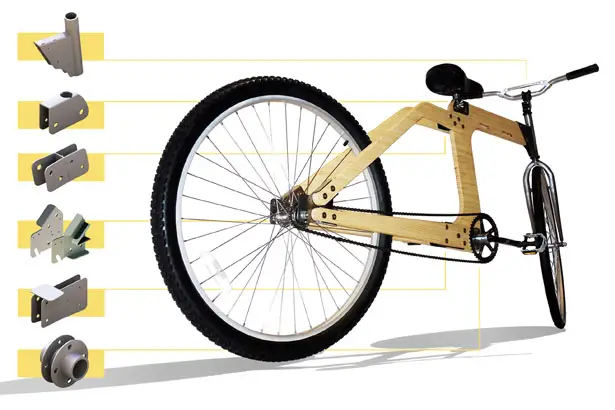
Taking into consideration production costs, the design pattern of Greencycle-Eco reduces the number of component parts to three different forms with two sets of identical parts being repeatedly cut out using CNC from a bamboo based panel product.
Standard bamboo panel measuring 1200 x 2400mm can provide enough parts for eight bicycle frames which can be cut out in a short amount of time and reduce the production cost considerably.
Using a pre-fabricated bamboo panel product as the main material for Greencycle-Eco offers a number of advantages including:
- The product is made from a renewable material, abundantly grown and commonly available in Asian countries.
- It has consistent good quality.
- The overall bicycle can fit into a small flat-pack package making it economical to transport (reducing carbon footprint) if shipping is required.
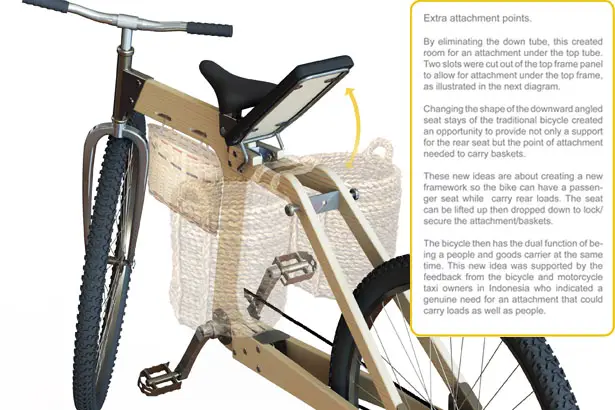
The steel brackets used as a joining component, will last and can be reused while the bamboo parts can be easily and cheaply replaced when needed.
To increase the bicycle’s functionality and load capability, the following changes have been made as part of the design features of the Greencycle-Eco:
- Frame length has been increased by 20% to create greater surface area to carry loads without compromising the stability, maneuverability and safety of the user.
- Changing the shape of the downward angled seat stays of the traditional bicycle creates an opportunity to provide not only a support for the rear seat but the point of attachment is required to give the users a freedom. In this way, users can develop or customize their bicycle and turn this humble vehicle into a form of transportation which better suits everyone needs without compromising its functionality as a form of transportation or operational safety.
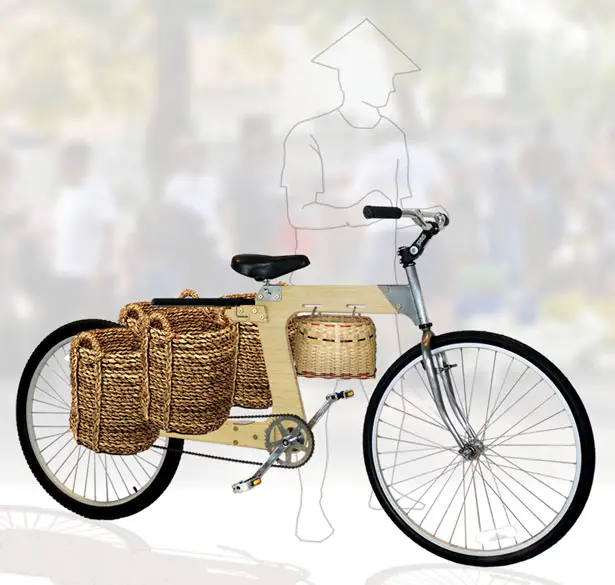
Tuvie has received this “Greencycle-Eco Bicycle” concept from our ‘Submit A Design‘ feature, where we welcome our readers to submit their design/concept for publication.
The story of Greencycle-Eco Uses Pre-fabricated Bamboo as Its Main Material is an original content from: Industrial Design News
